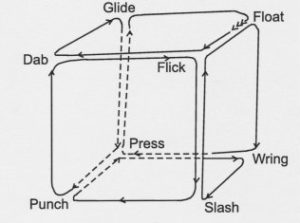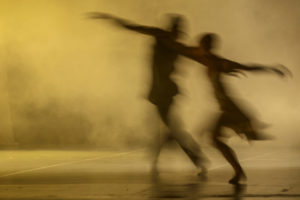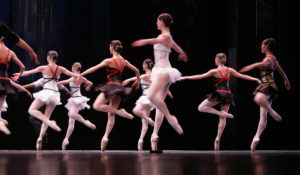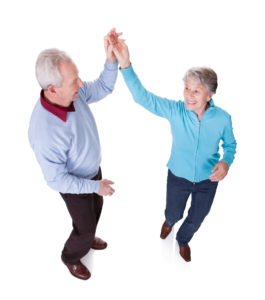Rudolf Laban recognized that the four motion factors (Space, Weight, Time, and Flow) characterize both physical and mental effort. He associated Space with attention, Weight with intention, Time with decision, and Flow with progression.
Laban saw these mental efforts as both preceding and accompanying “purposive actions.”

Warren Lamb went on to refine these correlations of physical and mental effort in relation to a decision-making process. He found that through the careful observation of an individual’s movement patterns, a unique decision-making profile can be discerned. Recent research has confirmed that Movement Pattern Analysis provides a reliable prediction of how an individual will apportion his or her time and energy across the processes of giving attention, forming an Intention to act, and taking that decision to the point of Commitment.
MoveScape Center is offering an “Introduction to Movement Pattern Analysis” this summer. This seminar, limited to six participants, not only covers the core theory and practice of Movement Pattern Analysis (MPA), it also allows each participant to have his/her own profile constructed by the instructor.
Over the past 75 years, MPA has helped thousands of people work more effectively, both individually and in teams. Find out more….





 correspondence course, Rebecca Nordstrom created a sequence of basic actions and imagined this movement sequence as a scenario involving the
correspondence course, Rebecca Nordstrom created a sequence of basic actions and imagined this movement sequence as a scenario involving the 

 In late April we celebrate National Dance Week. This year’s festivities come with scientific evidence that
In late April we celebrate National Dance Week. This year’s festivities come with scientific evidence that  “You must not think of dance as steps,” Rudolf Laban once told a group of student actors. “Dance is meaningful movement. You can dance with your eyebrows. When I have taught you, you will be able to dance with any part of your body.’’
“You must not think of dance as steps,” Rudolf Laban once told a group of student actors. “Dance is meaningful movement. You can dance with your eyebrows. When I have taught you, you will be able to dance with any part of your body.’’